We spent a few days driving the Range Rover Sport D350 Autobiography to bring you this road driving review.
A few weeks ago we were handed our very first Range Rover test unit, an Evoque hybrid. That is now followed by something even snazzier from the same stable in the shape of a Range Rover Sport. Some may have felt that Land Rover was diluting the brand when the company decided to produce a ‘Sport’ version of its luxurious Range Rover model. The ‘Sport variant opened up the badge’s appeal to a whole new audience, those who wanted to own the nameplate, but not quite the same car that the Queen of England swanned around in. In excess of a million sales later over three generations and the decision to do so is well and truly vindicated.
Follow Double Apex on Instagram and Facebook where we share more car content.
Making A Statement
Range Rovers are not for shy, retiring types. And the Range Rover Sport is not much different. The latest version of this model has the same family aesthetic as its bigger sibling, which you can see at this link. This means smooth surfaces, slim head- and taillamps as well as massive wheels and the now, signature, floating roof. Wherever one goes, people tend to know you’ve arrived and exactly what it is you’re driving. It mattered not that this was diesel-powered derivative or in Autobiography trim, it is a Range Rover and that’s the bit that piqued most onlookers interest.
The Range Rover Sport D350 Autobiography test unit made an even bigger statement with a standout exterior colour. The unique exterior hue was complemented by optional gloss black trim and massive, 23-inch (optional) alloy wheels, also in gloss black. The downside to ‘arriving in style’ is that, in SA, there are plenty of people with their hands out expecting a larger than normal tip; from trolley attendants to car guards and street vendors. The latter seemed to think that “boss man” behind the wheel was handing out tips just for compliments (if only they knew – Ed).
Click here to check out more Land Rover content on our website.
Lush Cabin
The interior is the bit that most onlookers will not get to experience, and that is a shame. Inside the cabin, the Range Rover Sport D350 Autobiography is as lush and luxurious as they come. Front-seat occupants are faced with a clean and uncluttered facia. Centre stage is taken by a large infotainment touchscreen in landscape orientation. The system is driven by Land Rover’s Pivi software. It features crisp graphics, is quick to respond and generally intuitive to use. The centre console only has the gear lever and start/stop ignition button. Although, we have to say that we’d relocate that button to behind the steering wheel.
The electric chairs are covered in soft hides. The front items are completely electrically adjustable, even the headrests. Additionally, they feature a massage function as well as heating/cooling, the latter was used constantly. The rear seats also boast power recline functionality. There is space aplenty in the cabin for four adults and loads of luggage volume as well. This would be an ideal car for an extended road trip across our beautiful country.
Four-zone climate control is standard. Other standard items include adaptive cruise control, keyless entry, wireless charging, Bluetooth connectivity for Android and Apple, voice control, blinds on the rear windows as well as a sliding panoramic roof, among many others. The list is extensive but, as with most luxury vehicles, there is scope to personalise things to a higher level. Our test unit had an optional (R63 500) Meridian Signature sound system. It features 29 speakers driven by a 1 430 Watt amplifier. We are pretty sure the standard system is pretty good, too.
Powertrain
As mentioned earlier, this Range Rover Sport D350 Autobiography is powered by a turbodiesel engine. The ‘D350’ part of its name refers to the fuel and power rating. The inline-six delivers 258 kW of power (350 hp) and an extremely healthy 700 N.m of torque. The latter is really evident during acceleration and overtaking. The licensed mass of this Range Rover Sport is over 2,3 tons. Range Rover says the large SUV can sprint from rest to 100 km/h in just under six seconds, a figures that feels subjectively correct.
The swell of twist effort is even more impressive once on the move. The Sport is happy trundling along at just about any speed. But mash the throttle and the transmission responds immediately with multiple downshifts. The nose of the RRS lifts, in typical fashion, and the large car scampers down the road at a pace that really does surprise. Oh, there are paddle shifters on the steering wheel rim to control the eight-speed automatic, but we didn’t find any particular need to use them as the engine’s power delivery and transmission are so in synch. Land Rover quotes an optimistic 7,4 L/100 km average fuel consumption figure. We didn’t get below 9 during our week-long review period, and we weren’t really wringing its neck everywhere we went.
Road Manners
We were well aware of the size of the RR Sport in the urban grind. At nearly five metres long and over two metres wide, it’s not well suited to the confines of city driving. We were extremely cautious when negotiating some of Cape Town’s narrower streets and cramped parking garages. To fully enjoy all its qualities we hit the open road and made for the winelands, as we suspect most owners do. On the highways and long, open arterial roads is where the Range Rover Sport D350 shines, even when the weather is gloomy. As Range Rover often remind its owners, the company’s products are proven off-roaders. However, we are pretty sure most owners don’t venture beyond the odd gravel track to a wine farm or boutique BnB.
We expected the Range Rover Sport D350 Autobiography to ride with a high level of polish, and it did not disappoint. Even on those massive wheels with low-profile rubber, the quality is up there with the best of them. The ‘Sport’ part of its name doesn’t necessarily place it among the likes of the sportier Porsche Cayennes or performance versions of M or AMG cars, but it can be driven at pace quicker than you expect. The wide footwear provides a high degree of lateral grip and there is some wonderful suspension trickery at play to keep the car flat during cornering. At any rate, the SV is supposed to be the athlete in the family. This RRS may not be a driver’s car, but we really enjoyed driving it, if that makes sense. Each trip behind the wheel, long or short, is a real sense of occasion.
Summary
Range Rover holds a certain brand cachet that some of its rivals cannot match. Despite being a natural competitor for the likes of the Teutonic Trio, the Brit seems to be held in high esteem, something which we noticed during our time with the test unit. People seem to know what it is they are looking at and that it is very expensive… and that is its main problem. The base price of this car is over R2,5m, which is several hundred thousand more than its nearest rivals. So, the brand recognition comes at a price. However, there aren’t many of these on the roads, so if you are keen to stand out and enjoy life like a captain of industry, there is only one way to go.
Model: Range Rover Sport D350 Autobiography
Price: R2 520 300
Engine: 3,0-litre inline-six turbodiesel
Transmission: eight-speed, automatic AWD
Max power: 258 kW
Max torque: 700 N.m
0-100 km/h: 5,8 sec
Top speed: 234 km/h
Fuel consumption: 7,4 km

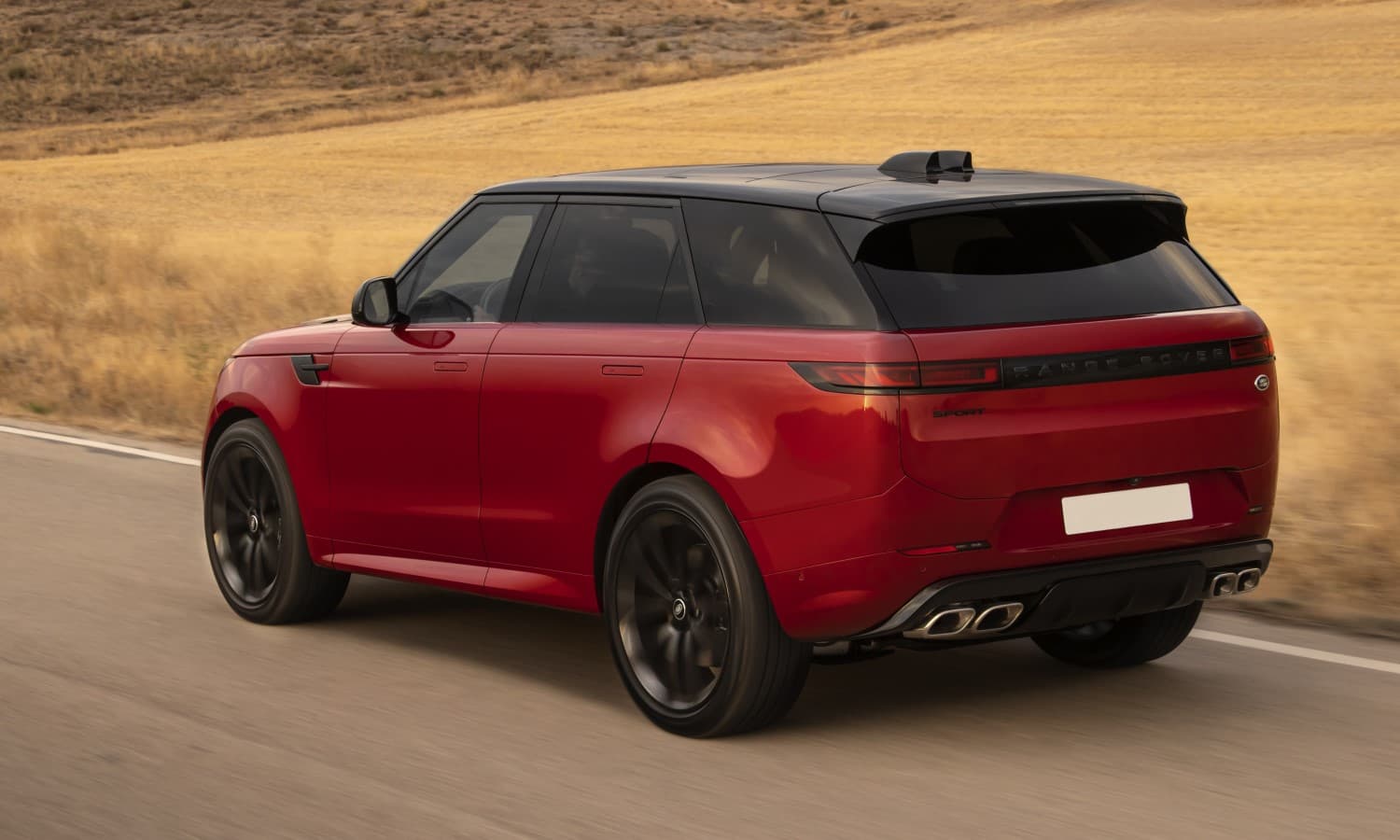
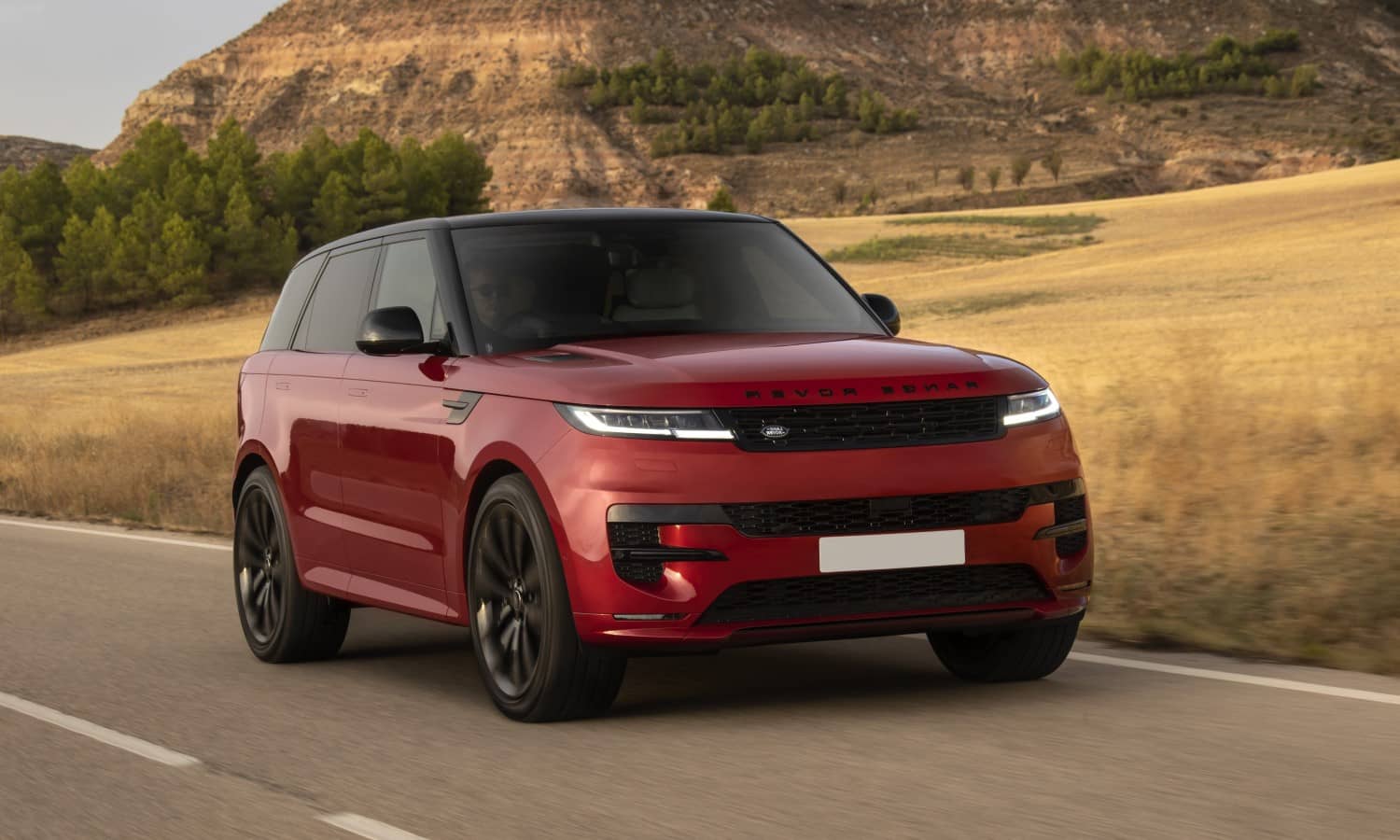
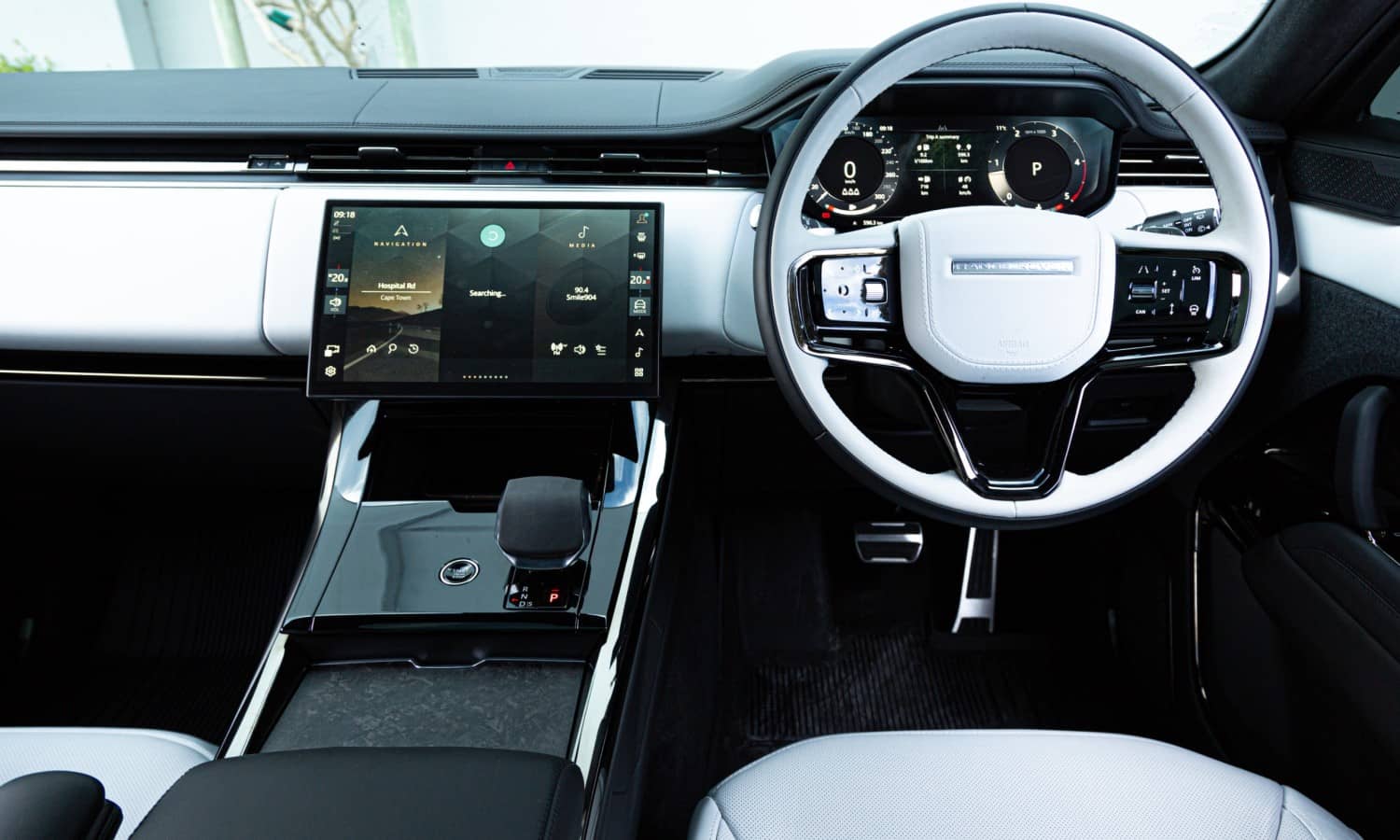
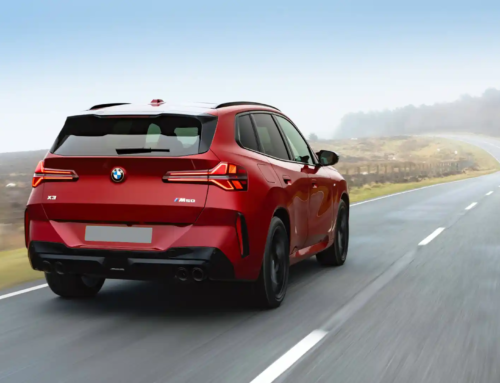
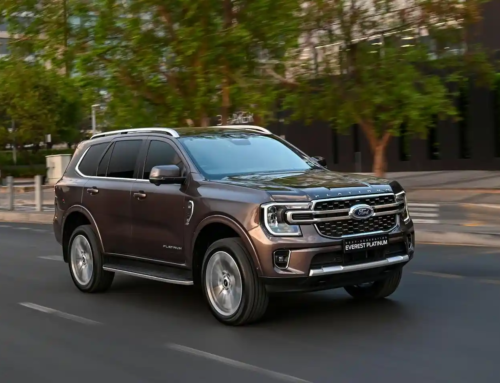
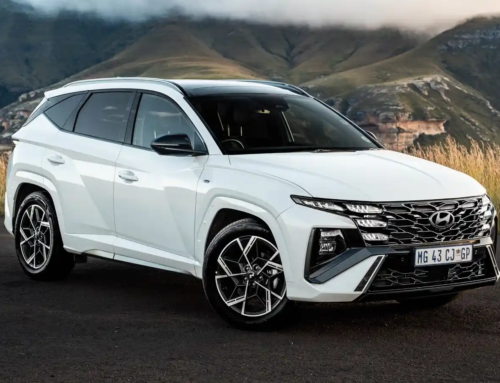
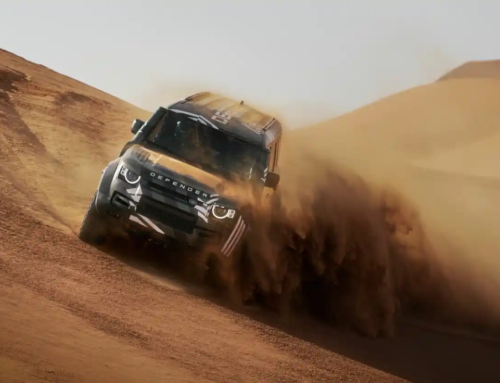
Leave A Comment